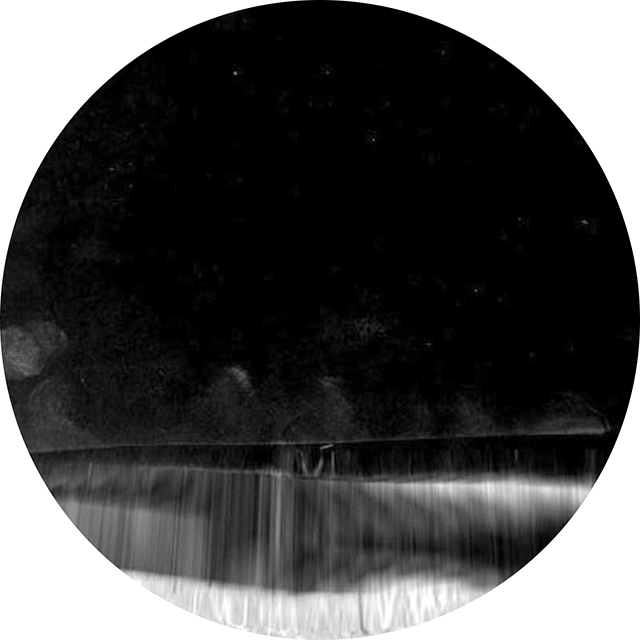evidently the sediment of immense bodies of muddy water

*
front flyleaf (detail, 90º cw; inverted; levels 0 1.20 220)
The Engineering and Mining Journal 19 (January to June, 1875)
University of Chicago copy, digitized October 22, 2012
—
Pipe-Clay. —
...evidently the sediment of immense bodies of muddy water...
These mud-deposits, however, known as pipe-clay or joint-clay, break under the shock of a blast into fine pieces, dissolve in water, and have generally a worse name than they deserve...
It must be evident that the immense gravel channels of California were filled by periodical floods, occurring through long ages; furthermore, that from time to time, and particularly when the rush of the waters temporarily had lessened or almost subsided, great blockades in the ancient channel took place, keeping the remaining waters back and thus forming lakes. During such temporary intervals, bodies of mud could settle upon the underlying gravel, and, reaching from shore to shore, form in time the deposits now called pipe-clay or joint-clay.
ex “Hydraulic Mining in California,” idem. (the second of five (?) parts, this in issue of Saturday March 13, 1875) : 161-163
tags:
darkness; floods; gravel; inversion; mud; rounds; shores; hydraulic mining; hydraulics